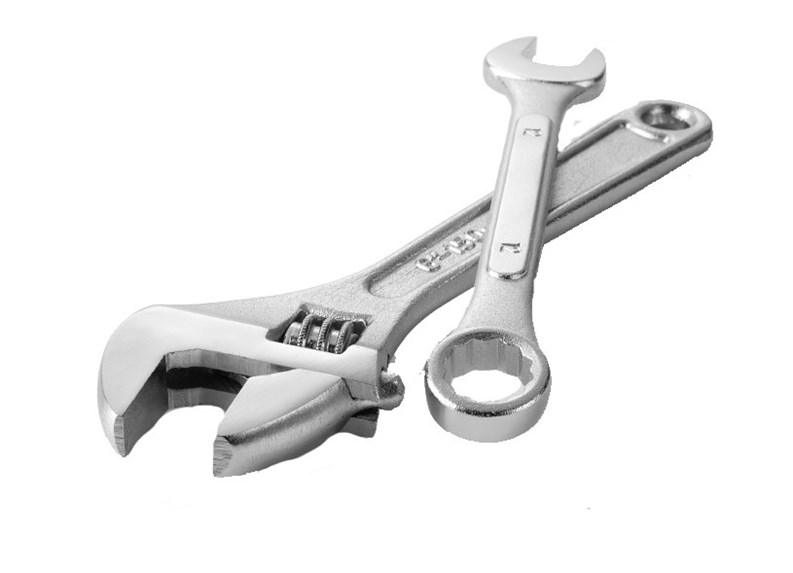Effective August 2, 2004, a new lead-based paint regulation will force New York City property owners to change the way they deal with lead based paint in their properties. "Local Law 1 of 2004," overseen by the Department of Housing Preservation and Development (HPD), broadens owner's responsibilities in dealing with lead-based paint issues. The new law dramatically changes and expands upon the owner's obligations set forth under "Local Law 38 of 1999," which was invalidated by the New York State Court of Appeals in a July 2003 decision.
Significant changes include: 1) an increase in the age limit from six to seven years old where inspections are required to take place, 2) a greater responsibility on the owner to determine if a child under seven is residing in the unit, 3) stricter requirements for identifying and reducing lead hazards, 4) less time to correct violations issued by HPD, and 5) the opportunity to obtain tax benefits through J-51 Tax abatements.
The new law affects all multi-family properties built prior to 1960. The regulation affects not only the apartment units, but the common areas and public spaces as well. Owner-occupied co-ops and condos are exempt, but they will be responsible if the apartment is being sublet. Owners will be responsible to get yearly written notification from their tenants as to whether a child under seven years old is living there. The appropriate forms are to be included in new leases and renewals along with a pamphlet on lead hazards (to be provided by the city) and a notice of the owner's responsibilities. If the tenant does not respond within the allotted timeframe, the new law requires the owners to go out and determine for themselves whether a child under seven years old resides in the unit. Not having knowledge is no longer an excuse for not inspecting.
Once it is determined that there is a child under seven years old living in the unit, the owner must visually inspect the unit yearly and whenever a complaint is made by the tenant. If the owner is not provided access to the unit, the new law requires the Department of Health and Mental Hygiene (DOHMH) to be notified. If any lead hazards are identified in the unit, the owner will be responsible to correct them using lead safe work practices.
The new law broadens the definition of a lead hazard to include the following: peeling lead-based paint, lead-based paint on deteriorated sub-surfaces, friction surfaces, impact surfaces, and chewable surfaces. Workers must be trained in lead safe work practices and a certified EPA lead testing firm must be used to perform third party clearance dust wipe samples. All results must be provided to the tenant. In the instance when a tenant complains to HPD of peeling paint and work is done to bring a unit into compliance from an HPD violation, the dust wipe results must also be sent to HPD within 21 days. Upon turnover, the owner must remediate all lead hazards. In addition, any renovation work disturbing over 100 square feet, anywhere in the building where a child under seven resides, must be filed with the DOHMH.
The city has made available the opportunity for owners to obtain a J-51 tax benefit for the abatement of lead hazards. Please make sure to check with a specialist to identify exactly what adjustments falls under this benefit.
In addition, the city has made some types of property and work exempt from this regulation. They include: emergency repairs, owner occupied co-ops and condos, areas where lead based paint was removed and certified lead free by a licensed inspector and areas certified lead free via XRF analysis or paint chip sampling by a certified lead testing firm.
Getting help from a professional is often the most cost-effective step owners can take. Before hiring a consultant, be sure the consultant has the necessary experience, qualified personnel and insurance coverage. Many owners will find obtaining exemptions by certifying their property lead free cost effective in lieu of performing unnecessary abatement work on presumed lead paint.
Owners and contractors should look for firms that perform X-ray fluorescence testing to determine the presence of lead paint. This type of testing is the most cost effective form of testing, quickest and least destructive as compared to paint chip sampling. To operate an XRF Analyzer one needs to be a certified operator of the specific instrument by the manufacturer and certified by the EPA to test for lead in New York State.
Owners should review their strategy in dealing with the new lead regulation with a qualified lead professional in order to better understand their obligations, update lease agreements, obtain necessary forms, and develop a solid operations and maintenance plan for your buildings.







Leave a Comment